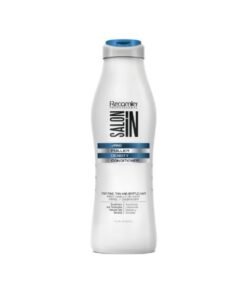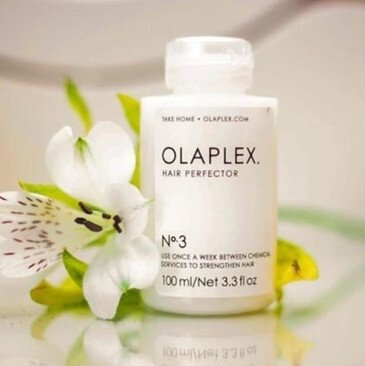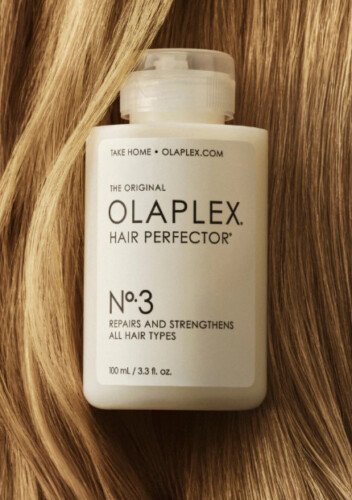- ×
 Pro Fuller Density Conditioner 10.1floz 1 × $14.84
Pro Fuller Density Conditioner 10.1floz 1 × $14.84
Hair Color
Do salons use Olaplex?
If you’ve ever sat in a salon chair for a color refresh, you’ve probably heard your stylist mention an Olaplex treatment. Since its debut in 2014, this bond-building system has become a staple in professional color services. Adding that extra step helps protect your strands during lightening or toning, so you can chase bolder shades with less worry.
Here’s the key idea: integrating Olaplex into your appointment builds internal bonds in each hair fiber, giving you richer tone, stronger strands, and a smoother finish.
Do salons use Olaplex?
Olaplex basics

Olaplex works by reconnecting broken disulfide bonds inside the hair shaft (the “glue” that holds fibers together). Its core professional lineup includes:
- No. 1 Bond Multiplier (salon only) – jump-starts bond repair during color or bleaching
- No. 2 Bond Perfector (salon only) – reinforces bonds after processing
- No. 3 Hair Perfector (at home) – maintains strength between visits
- Nos. 4 and No. 5 (at home) – shampoo and conditioner for daily bond care
Your stylist will usually apply No. 1 and No. 2 during a color or lightening service, then send you home with Nos. 3–5 for upkeep.
Using Olaplex in salons
Many colorists blend Olaplex directly into their formulas or offer it as an add-on service. Typical options include:
- Bond-building add-on to your color (step 1 + 2)
- Stand-alone express repair (No. 1 + 2, no color)
- Full bond rebuild (color + Olaplex + conditioning mask)
You’ll often see it paired with salon-grade dye or top professional color lines to deliver maximum lift while preserving hair health.
Benefits for your hair
When you book an Olaplex-infused service, you can expect:
- Stronger strands (fewer mid-process breaks)
- Smoother texture (less frizz after bleaching)
- Better color retention (richer tone between visits)
- Healthier ends (fewer split ends over time)
Good news, these improvements don’t just feel nice—they help you stretch time between trims and touch-ups.
Choosing an Olaplex service
Here’s how to pick the right option for your needs:
- Ask if your appointment includes No. 1 and No. 2 during processing (ideal for lifts or major tone changes)
- Consider a standalone bond repair if your hair feels dry or porous before your next color date
- Factor in an at-home maintenance plan (No. 3 through No. 5) to protect your investment
- Discuss add-ons if you’re doing a grey coverage dye session—bond builders can soften the impact of permanent dyes
Prices vary by salon and region, so get a clear quote before you book.
Next steps with Olaplex
You’ve seen how salons integrate bond building to keep your color vibrant and your hair resilient. At your next color appointment, ask your stylist about adding Olaplex to your service. You’ll walk out with bolder shades and stronger strands, and you’ll feel confident knowing your hair is treated with care.
Olaplex FAQs
What’s the difference between salon and home products?
Salon steps (No. 1 + 2) deliver the core bond rebuilding under your stylist’s supervision, while No. 3–5 maintain results at home.
Can Olaplex lighten my hair?
No, bond builders don’t lift color on their own. They protect hair during bleaching or dyeing, but you still need developer and pigment for the shade change.
How often should I use at-home Olaplex?
Stylist recommendations vary, but most clients see benefits using No. 3 once a week and Nos. 4–5 in place of regular shampoo and conditioner.
Will Olaplex fix severely damaged hair?
It can significantly improve strength and shine, but very brittle or overprocessed hair may require multiple treatments or a trim to fully recover.
Is Olaplex worth the extra cost?
If you color often or aim for high lifts, Olaplex helps reduce breakage and dryness, which can save you time and money on repairs down the road.

